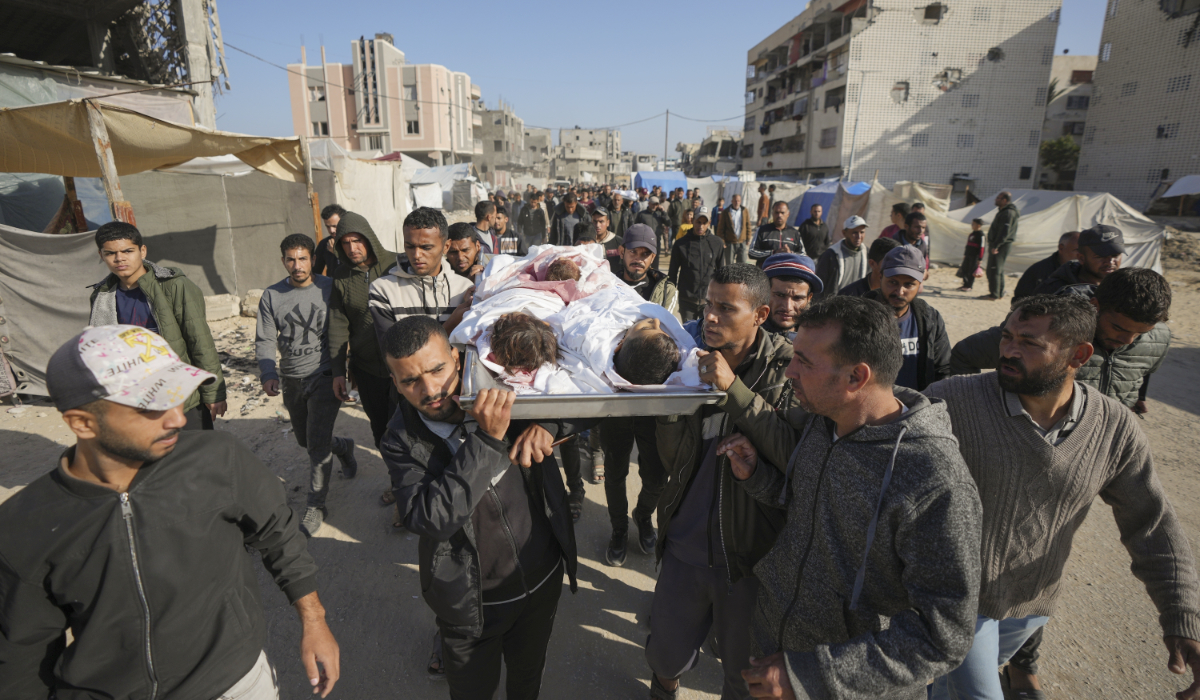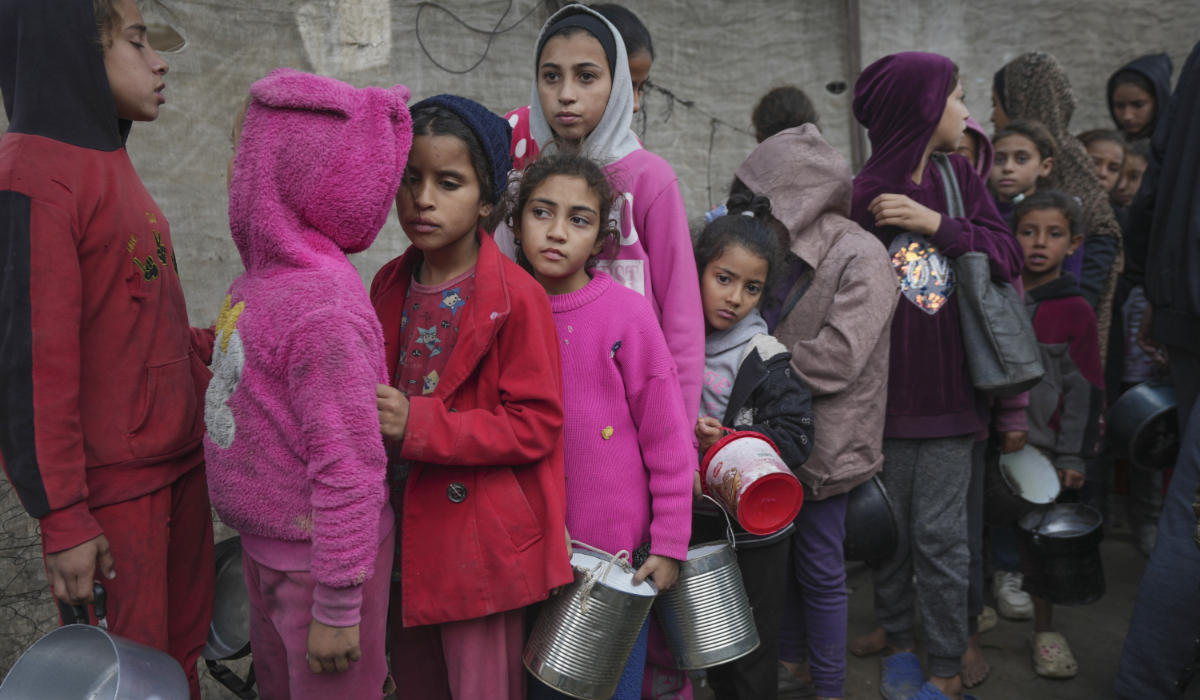DUBAI: Iranians will choose between mostly hard-line candidates in an early presidential election on Friday following the death of Ebrahim Raisi in a helicopter crash.
Only six candidates from over 80 hopefuls survived screening by the hard-line Guardian Council, a panel of clerics and jurists which is overseen by the Supreme Leader Ayatollah Ali Khamenei, who has the final say in all matters of state. Two hard-line candidates dropped out of the race ahead of the election.
The president, who runs the government day-to-day and has a particular responsibility for Iran’s struggling economy, ultimately answers to the Supreme Leader.
Following are brief sketches of three hard-liners and one moderate candidate for the upcoming election:
MOHAMMAD BAQER QALIBAF
A former Iran Revolutionary Guards commander and ally of Khamenei, Qalibaf is the current speaker of the hard-line-dominated parliament. He previously ran unsuccessfully for president twice and was compelled to withdraw from a third bid in 2017 to prevent a divided hard-line vote in Raisi’s initial failed presidential attempt.
In 2005, Qalibaf resigned from the Guards to run for president. Following his unsuccessful campaign, he assumed the position of Tehran mayor with the supreme leader’s endorsement, a role he occupied for 12 years.
In 2009, Qalibaf took credit as Tehran mayor for helping suppress months of bloody unrest that rocked the establishment after a presidential vote that opposition candidates said was rigged to secure hard-line Mahmoud Ahmadinejad’s re-election.
To civil rights activists, he is known as someone who crushed protests as national police chief, personally beating demonstrators in 1999, and also played an active role in repressing unrest in 2003. Qalibaf did not reply to a request for comment on those allegations.
SAEED JALILI
Jalili is a hard-line diplomat who lost his right leg in the 1980s when fighting for the Guards in the Iran-Iraq war. Holder of a PhD in political science, Jalili has declared being a pious believer in Iran’s “velayat-e faqih,” or rule by supreme jurisprudence, a system of Islamic government that provides the basis for Khamenei’s position.
Appointed by Khamenei, Jalili served as secretary of the Supreme National Security Council for five years from 2007, a position that automatically made him chief nuclear negotiator. Jalili also served for four years in Khamenei’s office and was an unsuccessful candidate in the 2013 presidential election.
A former deputy foreign minister, Jalili was appointed by Khamenei in 2013 as a member of the Expediency Council, a body that mediates in disputes between parliament and the Guardian Council.
MASSOUD PEZESHKIAN
An Iranian lawmaker of Azeri ethnicity, Pezeshkian is the only moderate candidate approved by the Guardian Council and backed by the pro-reform camp. His prospects depend on attracting millions of disillusioned voters who have stayed home in elections since 2020.
A physician by profession, Pezeshkian served as the health minister under reformist President Mohammad Khatami from 2001 to 2005 and has held a seat in parliament since 2008.
Pezeshkian has been vocal in his criticism of the Islamic Republic for its lack of transparency about the death in custody of Mahsa Amini, a young Iranian Kurdish woman in 2022 that sparked several months of unrest.
Pezeshkian was barred from the 2021 presidential election.
MOSTAFA POURMOHAMMADI
The only cleric in the race, Pourmohammadi served as interior minister during the first term of hard-line former president Mahmoud Ahmadinejad from 2005 until 2008.
He was deputy intelligence minister from 1990 to 1999, and rights groups have alleged that he played a role in the assassinations inside Iran of several prominent dissident intellectuals in 1998. He has not commented on the allegations but an Intelligence Ministry statement in 1998 said: “A small number of irresponsible, deviant and rogue agents of the ministry who were most likely puppets of others committed these assassinations that were in the interest of foreigners.”
Human Rights Watch, in a 2005 report, documented Pourmohammadi’s alleged role in the execution of hundreds of political prisoners in the Iranian capital in 1988.
Pourmohammadi has never publicly addressed allegations about his role in a so-called “death committee” in 1988 comprising religious judges, prosecutors and intelligence ministry officials that oversaw the executions.



























